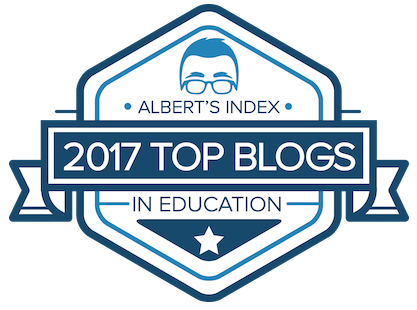CODE77 Rubrics for Administrators 2010 Part 3 of 10
 Tuesday, January 5, 2010 at 07:51PM
Tuesday, January 5, 2010 at 07:51PM I warned you these were coming.
Self-evaluation Rubrics for Basic Administrative Technology Use (2002) 2010
"A budget is just a method of worrying before you spend money, as well as afterward." — Unknown
III. Record Keeping and Budgeting (TSSA Standards IV.B, IV.C) NETS-A 2009 (3a)
Level One: I rely on a district system with paper reports for keeping track of budgets, inventories, and other financial records. I keep track of my budgets in a paper ledger format.
Level Two One: I use and prefer a paper system, a spreadsheet or simple packaged record keeping system to track my department or building’s budget accounts. It is accurate and kept up-to-date. I can use my accounting system to cross check the district’s financial system if discrepancies arise.
Level Three Two: I use the district’s online accounting system to track my budget accounts. I can submit purchase orders electronically. I use networked inventory databases to keep track of my building’s textbooks, supplies, and equipment.
Level Three: I give access to the accounts I manage to anyone interested in the spirit of transparency. I use shared budgeting tools that allow a collaborative budgeting process working with a wide range of stakeholders.
Why leaders need to be able to use technology for keeping budgets:
I once overhead one of my favorite principals tease our business manager by saying, “It’s my job to spend the money. It’s your job to stop me.”
However, most administrators (if they are to keep their jobs) can’t take quite this cavalier an attitude toward fiscal responsibilities. Whether our budgets are a hundred or a hundred million dollars, administrators are expected to budget, expend and track expenditures accurately. Computer software tools can help meet these expectations.
One of the most simple and versatile tools to use for any accounting purposes is a spreadsheet. By recording a beginning balance, entering the amounts of expenditures, and subtracting the expenditures from the beginning balance, an accurate remaining balance of funds can be easily calculated. Even when the district keeps good accounts for me and reports the balances on a regular basis, I still keep a separate spreadsheet for each account. Because of schools’ complex account coding systems, it has happened that sometimes an expenditure has been mistakenly taken from the wrong account (mine). If the business office and I disagree about an account balance, I have a clear record of expenses that can be used to determine where the discrepancy occurred.
Spreadsheets are also wonderful tools for “what-if” planning. If I know I will have a set number of dollars for a project, I can easily enter and change numbers for individual costs until my projected expenses meet my known budget. The ability to create formulas and cell references makes this task, if not enjoyable, at least painless. (One of the first uses of a spreadsheet I undertook was to help do salary projections as a part of a contract negotiation team.)
For more complex budgets, money management or accounting software can be more practical and faster to use than a spreadsheet. Built in templates, formulas and step-by-step instructions for setting up accounts these programs contain are useful. Quicken, a personal money management tool, is widely used in our district by teachers and directors who manage multiple accounts.
Many Districts are now giving those persons responsible for account oversight the ability to access the district accounting programs directly. Using a work station client or even a web-browser, administrators can view account balances, generate purchase orders, and approve invoices for payment. One advantage that these systems have is that they will not let the user encumber a larger dollar amount to an account than that account’s balance. The business manager referred to earlier does indeed have a means to “stop” that principal from spending money she does not have.
Fiscal responsibility in our educational institutions is an ever growing expectation of school officials. Being able to track and control every dollar of a school budget is vital to the trust the public has in any organization. And being able to authoritatively report how its dollars are being spent in the education of their children is especially vital to every school’s credibility with its community.









Reader Comments